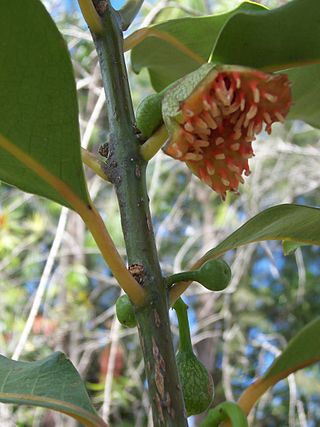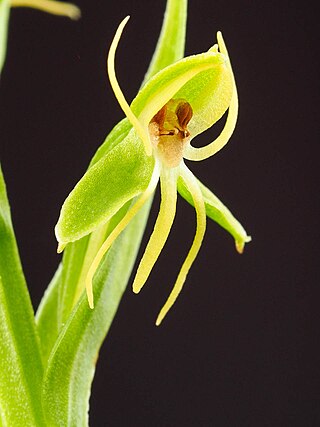This article needs additional citations for verification .(October 2017) |
| Edited by | Wu Zhengyi, Peter H. Raven & Hong Deyuan |
|---|---|
| Country | China and USA |
| Language | English |
| Discipline | Botany |
| Publisher | Science Press (Beijing) & Missouri Botanical Garden (St. Louis) |
| Published | 1994–present (online since 21 May 2004) |
| Website | http://www.efloras.org/flora_info.aspx?flora_id=2 |
Flora of China is a scientific publication aimed at describing the plants native to China.
Contents
The project is a collaborative scientific effort to publish the first modern English-language account of the 31,000 species of vascular plants of China. This number includes about 8,000 species of medicinal and economically important plants and about 7,500 species of trees and shrubs.
Flora of China describes and otherwise documents these species. Flora of China is an English-language revision of Flora Reipublicae Popularis Sinicae (FRPS), with taxonomy reflecting the current understanding of each group. The sequence of families is a modified Englerian system, similar to that used in FRPS; however, the circumscription of some families reflects the present understanding of the groups. It is intended that all the vascular plants of China will be covered, including descriptions, identification keys, essential synonymy, phenology, provincial distribution in China, brief statements on extra-Chinese distribution, and remarks regarding the circumscription of problematic taxa.
Flora of China Illustrations series, a companion set of volumes, illustrated ca. 65% of species documented in Flora of China. Many of the illustration volumes are largest collections of line drawings of related families/genera ever published in the world.
In addition, botanical names, literature, geographical distribution inside and outside China, and endemism status are available in the online Flora of China Checklist. This checklist and Missouri Botanical Garden's Tropicos database together provide interfaces for querying the nomenclatural and distributional data and illustrations.
The data from the published volumes are presented online as separate treatments of families, genera, and species. These treatments are searchable in eFloras on names and various other information. Interactive identification keys are available for large genera. [1]
Close international collaboration on the research, writing, review, and editing characterizes the production of the Flora. Chinese authors work together with their non-Chinese colleagues from 29 countries (Argentina, Armenia, Australia, Austria, Belgium, Brazil, Canada, Czech Republic, Denmark, Finland, France, Germany, Greece, Ireland, Japan, Korea, Mexico, Netherlands, New Zealand, Philippines, Russia, Spain, South Africa, Sweden, Switzerland, Thailand, UK, Ukraine, and USA). The resulting draft is then reviewed by Chinese botanists, the Flora of China Editorial Committee, family specialists from around the world, and advisors on the floras of regions neighboring China to produce the best possible treatments.
The project has seven non-Chinese editorial centers at Harvard University Herbaria, the California Academy of Sciences, the Smithsonian Institution, the Royal Botanic Garden Edinburgh, the Royal Botanic Gardens, Kew, the Muséum National d'Histoire Naturelle (Paris), and the Missouri Botanical Garden, the organizational and coordination center of the project. The four Chinese centers are the CAS Institute of Botany (Beijing), the Kunming Institute of Botany, the Jiangsu Institute of Botany (Nanjing), and the South China Botanical Garden (Guangzhou). Some 478 scientists from throughout the world have cooperated in the preparation of individual treatments in the Flora.
Kai Larsen (1926–2012) was one of the advisors for the series.


















